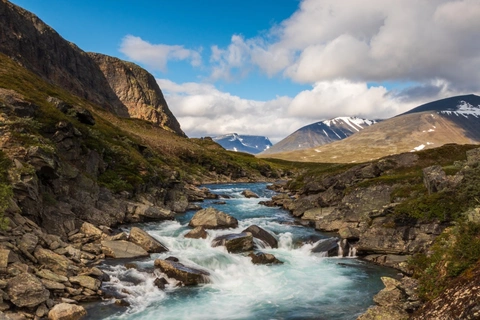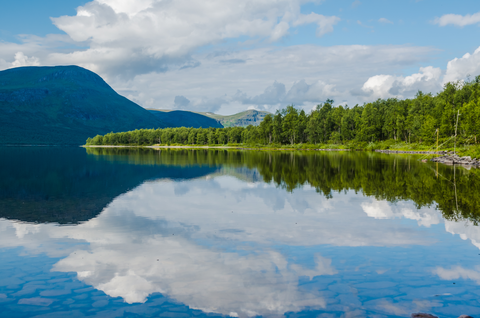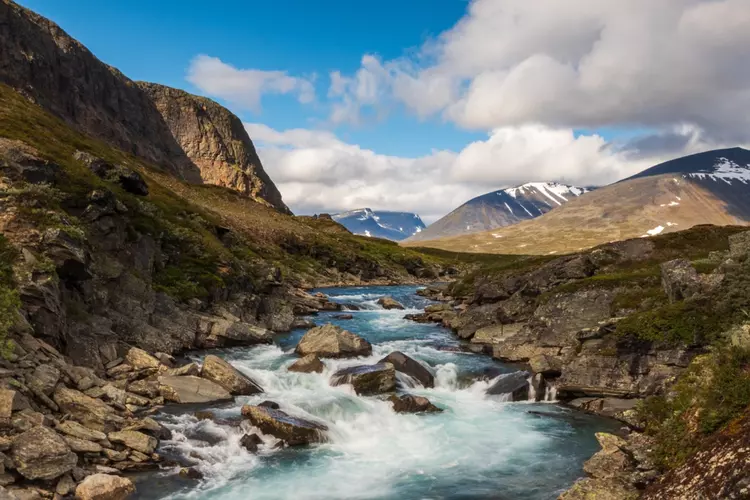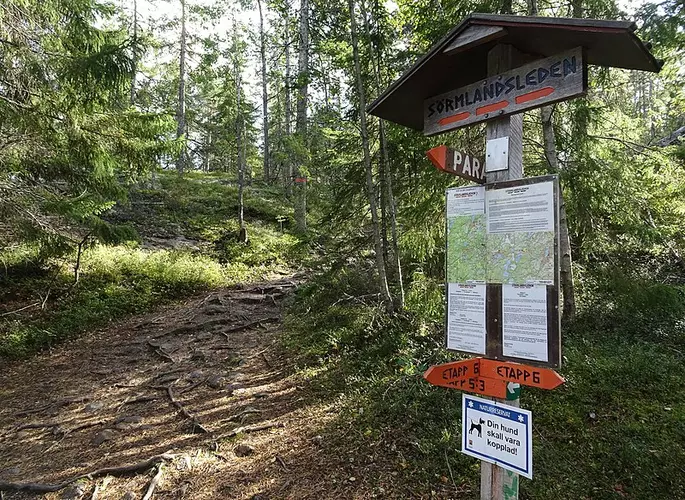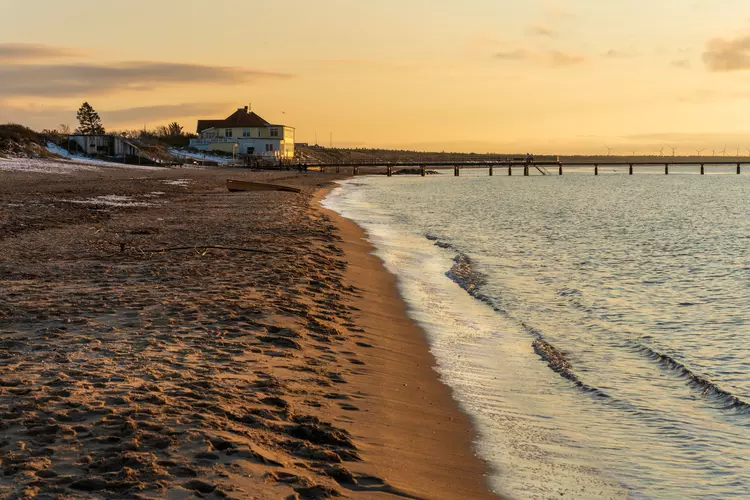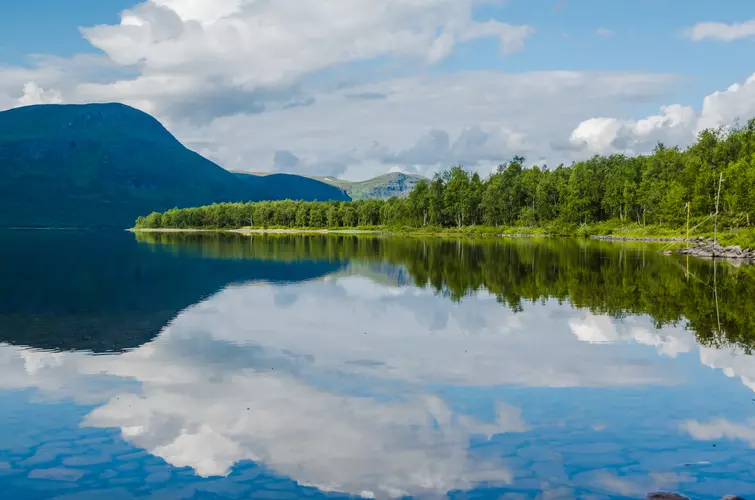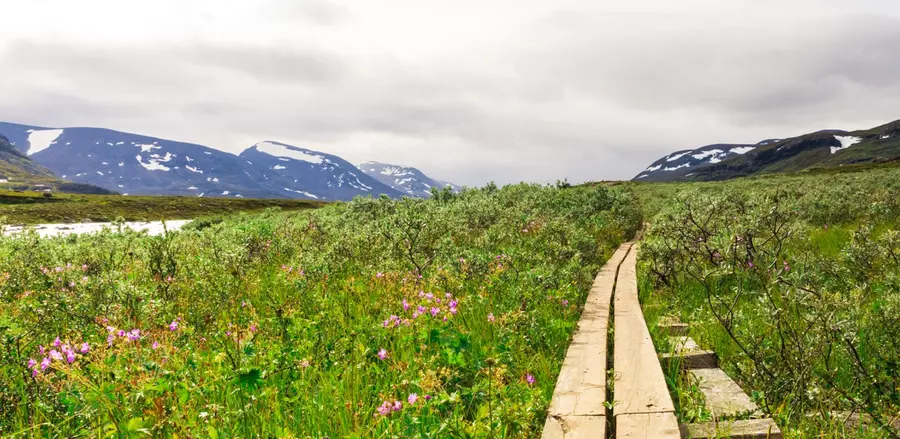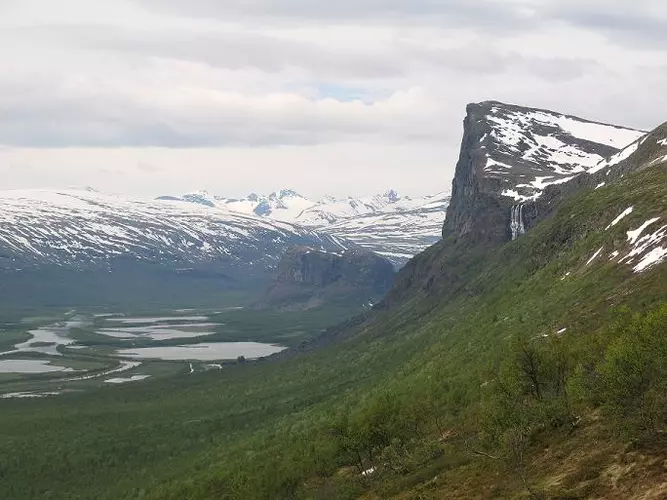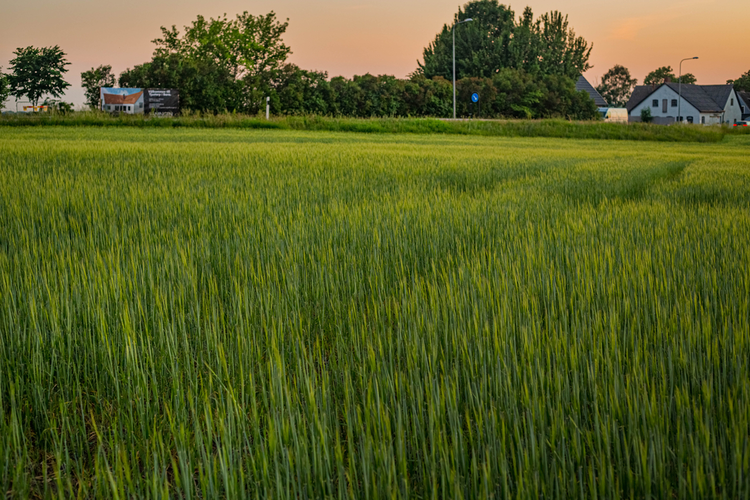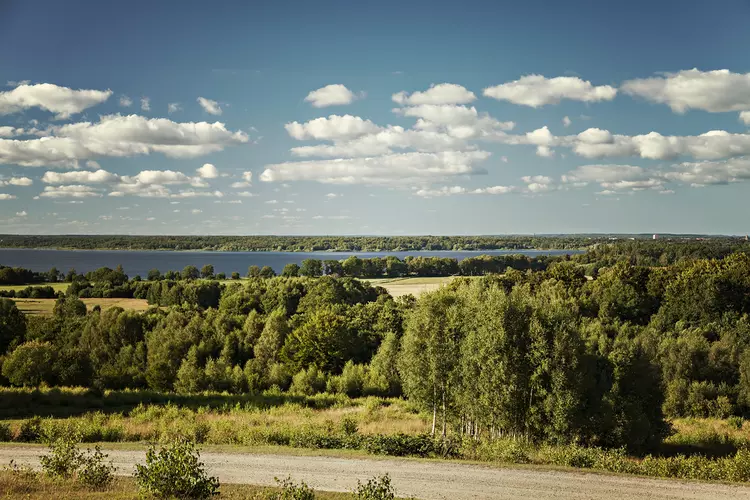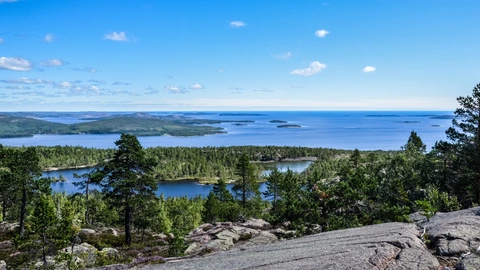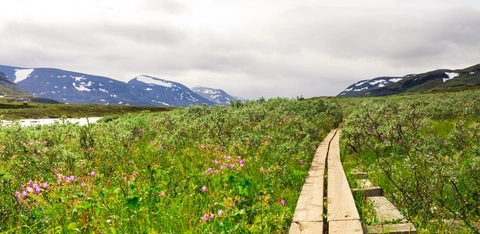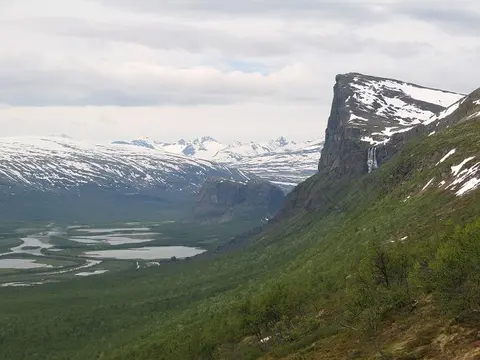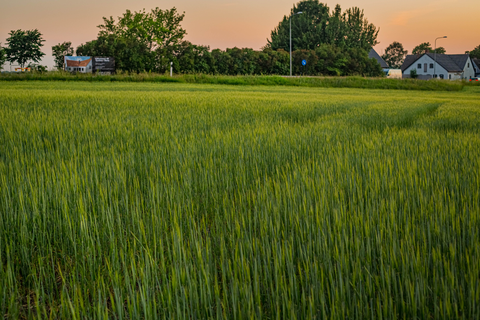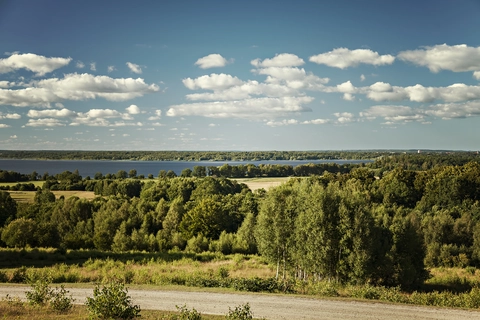"Discover Sweden's enchanting wilderness where mystical forests, serene shores, and dancing Northern Lights captivate."
Embark on a hiking adventure in Sweden, where every trail unveils a tapestry of natural wonders. From the mystical forests of Sarek National Park to the serene shores of the Bohuslän coast, Sweden offers diverse landscapes that captivate the soul. Traverse the legendary Kungsleden, where the Northern Lights dance above, or explore the lush meadows of Skåne. Each path promises solitude, breathtaking vistas, and a deep connection with nature, inviting hikers to discover Sweden's enchanting wilderness.
Most popular hikes
FAQs about hiking in Sweden







